1. Home Oil Heating
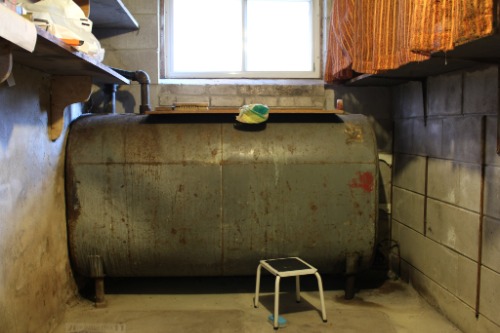
While home oil heating has been a reliable option for many years, it’s starting to lose its appeal in the face of climate change concerns. Oil heating systems rely on fossil fuels, contributing to greenhouse gas emissions and pollution. With the rise of more sustainable heating alternatives like heat pumps and electric systems, oil heat is gradually being phased out in favor of greener, more efficient options, according to Syracuse.com. Many cities have already enacted regulations to limit the installation of new oil-burning systems in homes.
The push for banning oil heating is also tied to energy independence and reducing reliance on foreign oil. Heat pumps, for example, use electricity to transfer heat and are far more energy-efficient than traditional oil-based systems. With improved technology and financial incentives, making the switch to more sustainable heating is becoming a more attractive option for homeowners. As the climate crisis intensifies, the days of oil heating systems in homes may be numbered.
2. Gas Stoves
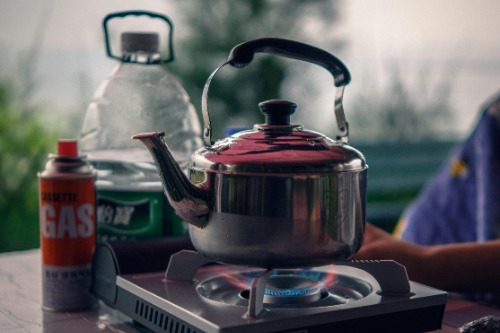
There’s been a lot of talk about banning gas stoves, and it’s not just because of the trend to go electric, CNN reports. Gas stoves release nitrogen dioxide and other pollutants that can affect indoor air quality and health, especially for children and people with asthma. Some states and cities are already moving forward with legislation to phase them out in favor of electric stoves or induction cooktops. The push for electric alternatives is also driven by concerns about reducing carbon emissions and addressing climate change.
While gas stoves have been the go-to choice for many home cooks due to their heat control, electric alternatives are becoming more efficient and safer in the long run. With new induction technology, cooking can be just as fast and precise, without the emissions. Some energy-efficient options also come with smart features that help save on energy costs. As the environmental focus increases, gas stoves may eventually become a relic of the past.
3. Single-Pane Windows
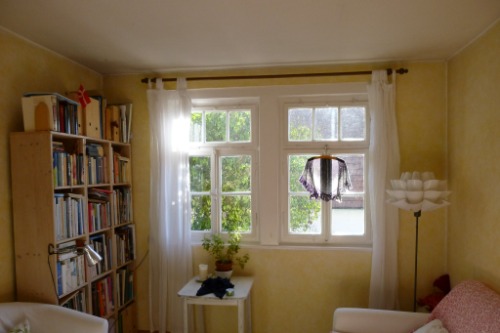
It’s easy to see why single-pane windows might be phased out soon—they’re terrible when it comes to insulation, Energy Star reports. Homes with single-pane windows tend to lose a lot of heat in the winter and let in too much heat in the summer, leading to higher energy bills. To combat this, many states are encouraging builders to use double or triple-glazed windows, which help regulate temperature and reduce energy consumption. Plus, they provide better soundproofing, making them a must for homes in noisy areas.
Energy efficiency is the key reason behind this shift, and many local governments are offering incentives for homes that switch to better insulation options. Over the next few years, single-pane windows will likely become harder to install as energy standards become stricter. It’s also worth noting that double and triple-glazed windows can increase your home’s value, so it’s not just a move for energy savings, but a good investment. Expect to see this trend spread as more states adopt energy efficiency mandates.
4. Incandescent Lightbulbs
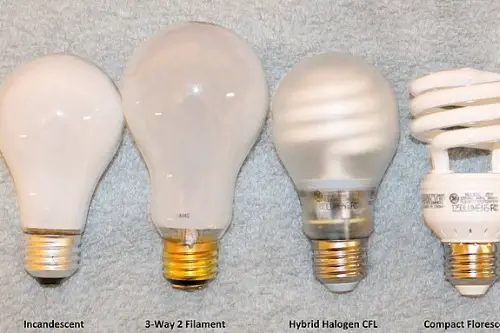
The writing is already on the wall for incandescent bulbs, which have been officially phased out in many places, according to CBS News. These bulbs are energy hogs compared to more efficient LED and CFL options. They consume more power to produce the same amount of light, which ultimately means higher energy bills for homeowners. As part of global efforts to reduce carbon emissions, many regions are pushing for stricter lighting efficiency standards.
The good news is that LEDs and CFLs last much longer and are better for the planet overall. In addition to saving energy, these newer bulbs are more durable, reducing the need for frequent replacements. Plus, LED technology continues to evolve, providing even better lighting options that can match the warmth and feel of traditional bulbs. The shift toward these energy-efficient options is inevitable, and incandescent bulbs will eventually fade into history.
5. Vinyl Siding
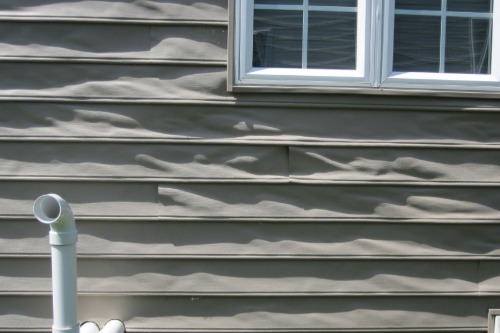
Vinyl siding has been a popular choice for low-maintenance exteriors, but according to Plastic News, it’s facing more scrutiny lately. It’s made from PVC (polyvinyl chloride), which is not the most eco-friendly material out there. As climate change concerns grow, more sustainable alternatives like fiber cement and engineered wood are starting to take the spotlight for home construction. These options are not only more durable but also have a much smaller carbon footprint.
Another factor driving the move away from vinyl siding is its potential for releasing harmful chemicals during production and disposal. It’s a great choice for homeowners who want low maintenance in the short term, but it doesn’t fare well in the long-term environmental picture. As eco-friendly building materials gain more traction, vinyl may be the next victim of the green movement. In fact, some cities are already moving towards banning vinyl siding in favor of greener alternatives.
6. Concrete Driveways
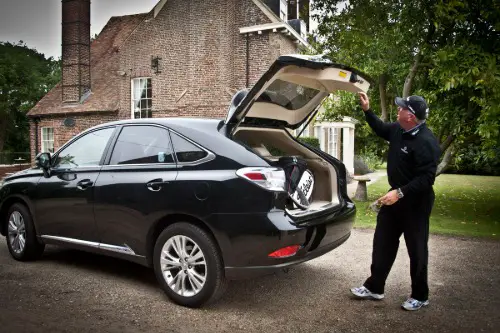
Concrete driveways have been a staple in suburban neighborhoods for decades, but they’re beginning to fall out of favor. The environmental cost of manufacturing concrete is a major concern, especially since concrete production is responsible for a large portion of global carbon emissions. Many cities and towns are looking for greener alternatives that are both sustainable and attractive, like permeable paving systems and gravel driveways. These alternatives allow water to flow through, reducing runoff and the strain on stormwater systems.
Concrete is also incredibly difficult to recycle, which adds to its environmental toll over time. As sustainability becomes a more important factor in home construction, concrete driveways may be replaced by options that have a lower environmental impact. Additionally, permeable materials help reduce the urban heat island effect by allowing the ground to breathe. Expect more homes to move away from concrete driveways in favor of greener, more eco-conscious choices.
7. Tinted Windows
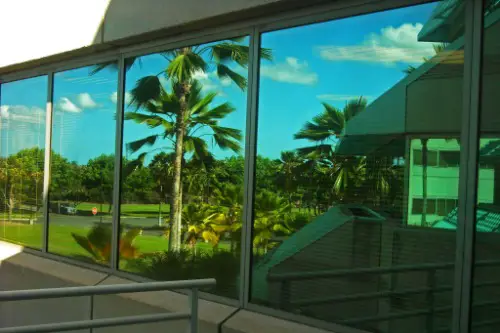
Tinted windows, once a symbol of style and privacy, are facing a future of restrictions. In some cities, heavily tinted windows are already banned due to safety concerns. Law enforcement and emergency responders have argued that overly dark windows can obstruct visibility, making it harder to see into vehicles during traffic stops or accidents. As a result, some areas are tightening regulations to ensure that window tinting doesn’t go too far.
Another reason for the shift away from tinted windows is their impact on energy efficiency. While they can help reduce heat inside a vehicle or home, they can also block sunlight that could be harnessed for passive solar heating. In areas with strict energy regulations, allowing too much tint can run afoul of efforts to maximize natural light. Expect to see tighter guidelines and even potential bans on excessive tinting in certain regions as public safety and sustainability concerns take priority.
8. Traditional Water Heaters
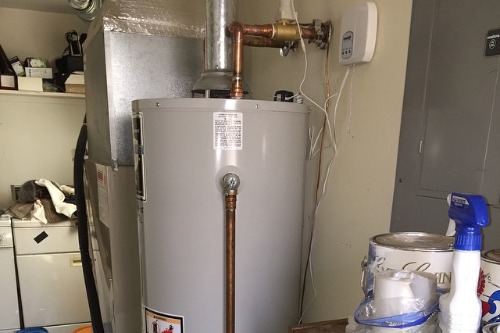
Traditional tank-style water heaters are slowly being replaced by tankless water heaters and more energy-efficient models. These systems constantly heat and store water, leading to energy waste as the water cools and the tank reheats. Tankless water heaters, on the other hand, heat water on demand, providing a more energy-efficient solution that also saves space. The shift toward tankless systems is driven by both environmental and financial incentives to reduce energy consumption.
Moreover, tank-style water heaters have a limited lifespan, often requiring costly repairs or replacements. As technology improves, newer models offer longer lifespans and reduced energy consumption. Many states are now offering rebates and tax credits to homeowners who switch to energy-efficient water heaters, pushing the move away from traditional systems. If you’re still relying on a tank-style water heater, you may want to consider making the switch soon.
9. Lawns That Require Excessive Watering
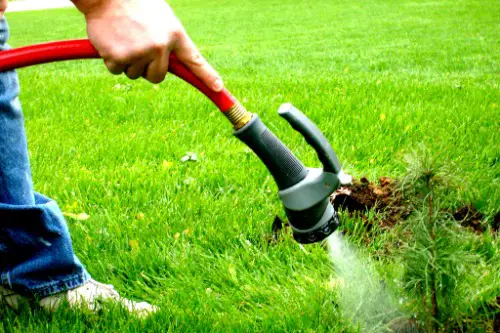
Lawns have been a symbol of a perfect suburban home, but they’re also one of the biggest water wasters. With droughts becoming more common and water conservation more critical, homeowners are looking for alternatives to the traditional green lawn. Xeriscaping, which focuses on drought-tolerant plants and landscaping that requires minimal water, is gaining traction as a solution. Many cities are even offering incentives for replacing water-guzzling lawns with more sustainable landscaping options.
Lawns are also heavy consumers of fertilizers and pesticides, which can leach into the environment and harm local ecosystems. As climate awareness grows, so does the trend of replacing water-intensive lawns with native plants that are better for the environment. Homeowners who are looking to save on water bills and reduce their environmental footprint are increasingly opting for sustainable lawn alternatives. Expect this trend to continue as more areas embrace water-saving landscaping techniques.
10. Spray Foam Insulation
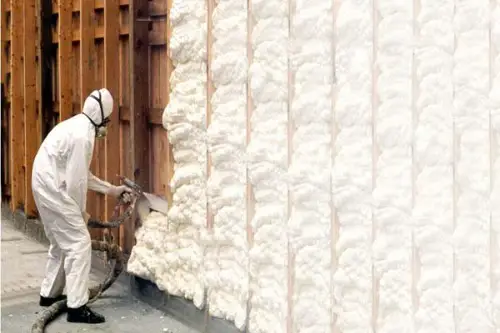
Spray foam insulation is popular for its ability to create an airtight seal in a home, but it’s also under scrutiny for its environmental impact. The chemicals used in spray foam can release harmful gases, and the production process is energy-intensive. As energy efficiency standards continue to evolve, many are turning to more sustainable insulation materials such as cellulose or sheep’s wool. These alternatives provide excellent insulation without the environmental baggage.
Additionally, spray foam is difficult to remove, which makes recycling homes that use it more challenging. Some green building certifications, like LEED, have moved away from recommending spray foam due to its chemical composition. As homeowners and builders become more conscious of the need for sustainable materials, spray foam insulation may eventually be phased out in favor of greener options. For those looking to build or renovate, eco-friendly insulation might soon be the way to go.


